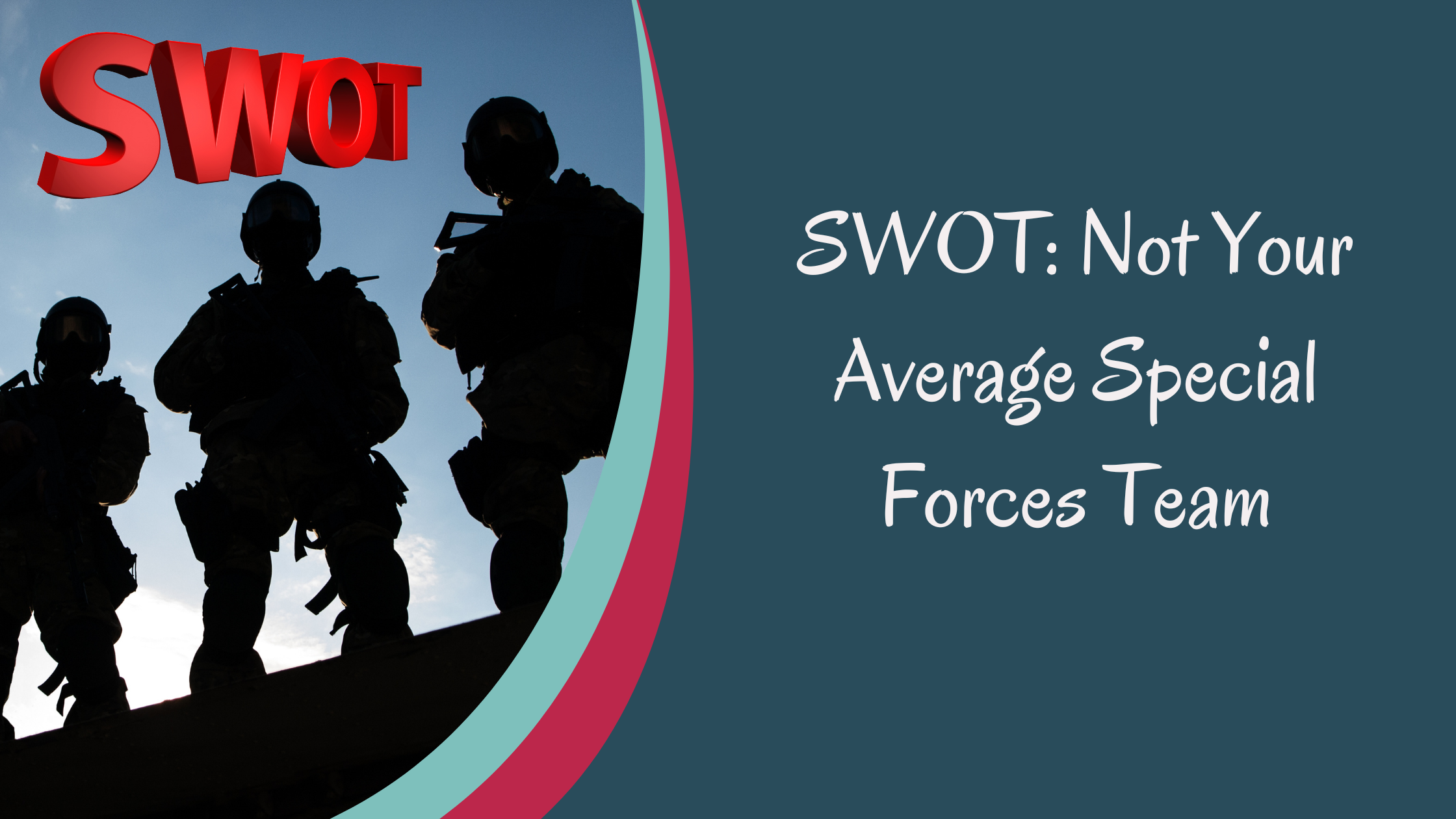SWOT actually has nothing to do with SWAT, but it caught your attention, didn’t it?!
SWOT is a business analysis tool that lists a business’ Strengths, Weaknesses, Opportunities, and Threats. According to Business News Daily, “the primary objective of a SWOT Analysis is to help organizations develop a full awareness of all the factors involved in making a business decision.”
SWOT Analyses can be performed at any stage of business, but it is particularly helpful during the start-up phase and whenever there are big decisions regarding the growth of the business that need to be made. Some of these decisions can include:
- Hiring employees
- Changing business models, like going from Sole Proprietorship to Partnership, LLC or S-Corp
- Executing large contracts
- Changing the services or products that are offered
So, how is a SWOT Analysis conducted? To begin, look at the internal environment of the business: the Strengths and Weaknesses. Here are some questions to ask:
Strengths
- What does your company do better than your competitors?
- What value do you bring to your industry?
- Do you have a good relationship with your customers and vendors?
- What assets do you have access to that others may not?
Weaknesses
- What needs improvement in your business?
- How are your competitors better than you?
- What are the complaints you get the most from customers and/or vendors?
- Are your finances healthy? Do you have enough cash flow to handle any emergency that might come up?
To obtain a clear understanding of your strengths and weaknesses, look into things like organizational culture, core competencies, resources, day-to-day operations, and whether activities are being conducted in alignment with the core value of the business.
Turning to the external environment, Opportunities and Threats, you might ask these questions, among others:
Opportunities
- What trends might positively affect your industry?
- Is there something you aren’t offering but could?
- What are your competitors’ weaknesses, and can you use that information to grow your company?
- Is there an audience you could target but aren’t?
Threats
- How is the working environment? Are your employees happy?
- Are you able to handle an emergency, such as a natural disaster?
- Has your target market changed, or is expected to change in the future?
- Are your vendors in good shape? Will they be able to continue providing products/services in the future?
External factors include things that you may not have any control over, such as exchange rates or weather events that destroy a vendor’s warehouse. They can also include factors that you can change, like the working environment for employees or the quality of your products or services. Regularly conducting a SWOT Analysis can help you and your business achieve your goals, increase productivity, and grow the business. This type of analysis can help in strategic planning to ensure the company model is sustainable, and it can help in making sound decisions for expansion.
Contact me if you need help conducting your SWOT Analysis.


No responses yet